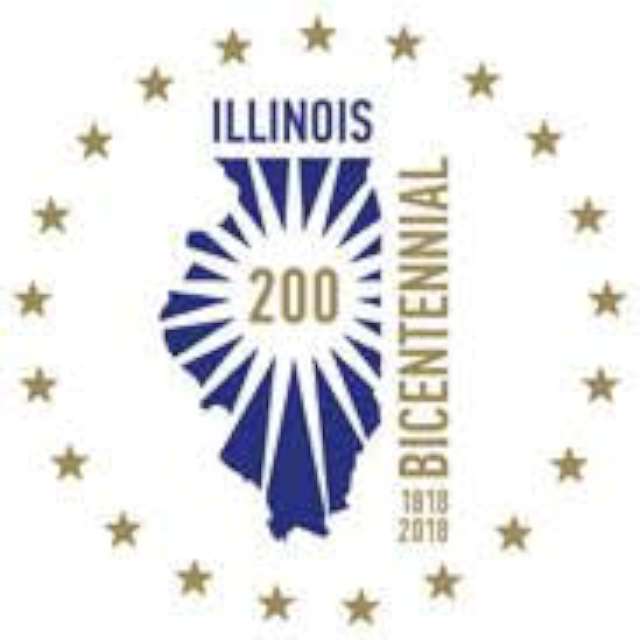
Hospital Fire Judged 8th Most Heartbreaking Moment in Illinois History

Published on July 9 2018 10:31 am
Last Updated on July 9 2018 10:31 am
Written by Greg Sapp
The deadly fire at old St. Anthony Hospital in Effingham was judged the 8th most heartbreaking moment in Illinois history.
As part of celebrating Illinois' bicentennial later this year, the Abraham Lincoln Presidential Library and Museum, the Illinois Bicentennial Commission and the State Journal-Register are compiling lists of the Top 200 of Illinois. Part of the process is asking residents to vote for the Top 10 in 20 different categories. Voters this time were asked to choose the Top 10 heartbreaking moments in Illinois.
Fire engulfed the 100-bed St. Anthony Hospital on April 4, 1949. A total of 74 people died, including 11 infants and those who stayed with them. Investigators found many safety deficiencies in the hospital, which inspired new regulations to prevent similar tragedies.
Abraham Lincoln's assassination topped the list of heartbreaking moments. The Great Chicago Fire was #2, and the Tri-State Tornado in 1925 was #3.
Illinois' 200th birthday will be celebrated on December 3.
Here's the full list of the Top 10 Heartbreaking Moments:
- Lincoln Shot – Yes, it took place in Washington and was a national tragedy, but the 1865 murder of Abraham Lincoln hit especially hard in his home state. Some 75,000 people visited the Old State Capitol to see Lincoln’s body during the 24 hours it lay in state in Springfield.
- Chicago Fire – On October 8, 1871, fire broke out in a barn southwest of Chicago’s Loop. It spread rapidly, killing about 300 people and leaving one-third of the city’s population homeless. The city soon adopted better fire codes, rebuilt and entered a period of tremendous growth.
- Tri-State Tornado – The deadliest tornado in U.S. history hit southeast Missouri, southern Illinois and southern Indiana on March 18, 1925. At least 695 people were killed, more than 600 of them in Illinois. Murphysboro suffered 234 deaths, and two Illinois towns were essentially wiped off the map.
- 1993 Flood – The Mississippi and Missouri rivers rose to unprecedented levels in the spring of 1993 and stayed there for months. Flooding lasted 195 days at Grafton and 152 days at Quincy. Afterward, the entire town of Valmeyer was rebuilt on higher ground.
- Death in the Mines – Illinois suffered three of the worst mining disasters in U.S. history. The deadliest occurred in Cherry in 1909, when a fire killed 259 men and boys. In 1947, an explosion killed 111 people near Centralia. Four years later, a West Frankfort mine was rocked by an explosion that killed 119 miners.
- Chicago riots – Martin Luther King Jr.’s assassination shocked America and triggered multiple riots. Chicago saw some of the worst violence. More than 48 hours of rioting left 11 people dead, 48 wounded by police gunfire and 90 police officers injured.
- Eastland Disaster – On July 24, 1915, people crowded aboard the excursion boat S.S. Eastland, docked in the Chicago River. The unstable ship rolled over onto her side, throwing people against bulkheads, pilling them atop one another and trapping them underwater. The disaster killed 844 people.
- St. Anthony Hospital Fire
- Decade of Racial Violence – In 1908, white mobs attacked Springfield’s black residents, burning their homes, beating them and killing some. The scene repeated itself on a larger scale nine years later in East St. Louis and then again in Chicago in 1919. The Springfield riot helped spur creation of the NAACP.
- Tylenol Murders – Tylenol capsules laced with cyanide killed seven people in the Chicago area in 1982, prompting new safety measures for over-the-counter medicines. The killer was never found.
Nominated events that did not make the top 10 include a 1903 theater fire that killed at least 600, multiple incidents of labor violence at Illinois coal mines and massive flooding along the Ohio River in 1937.












